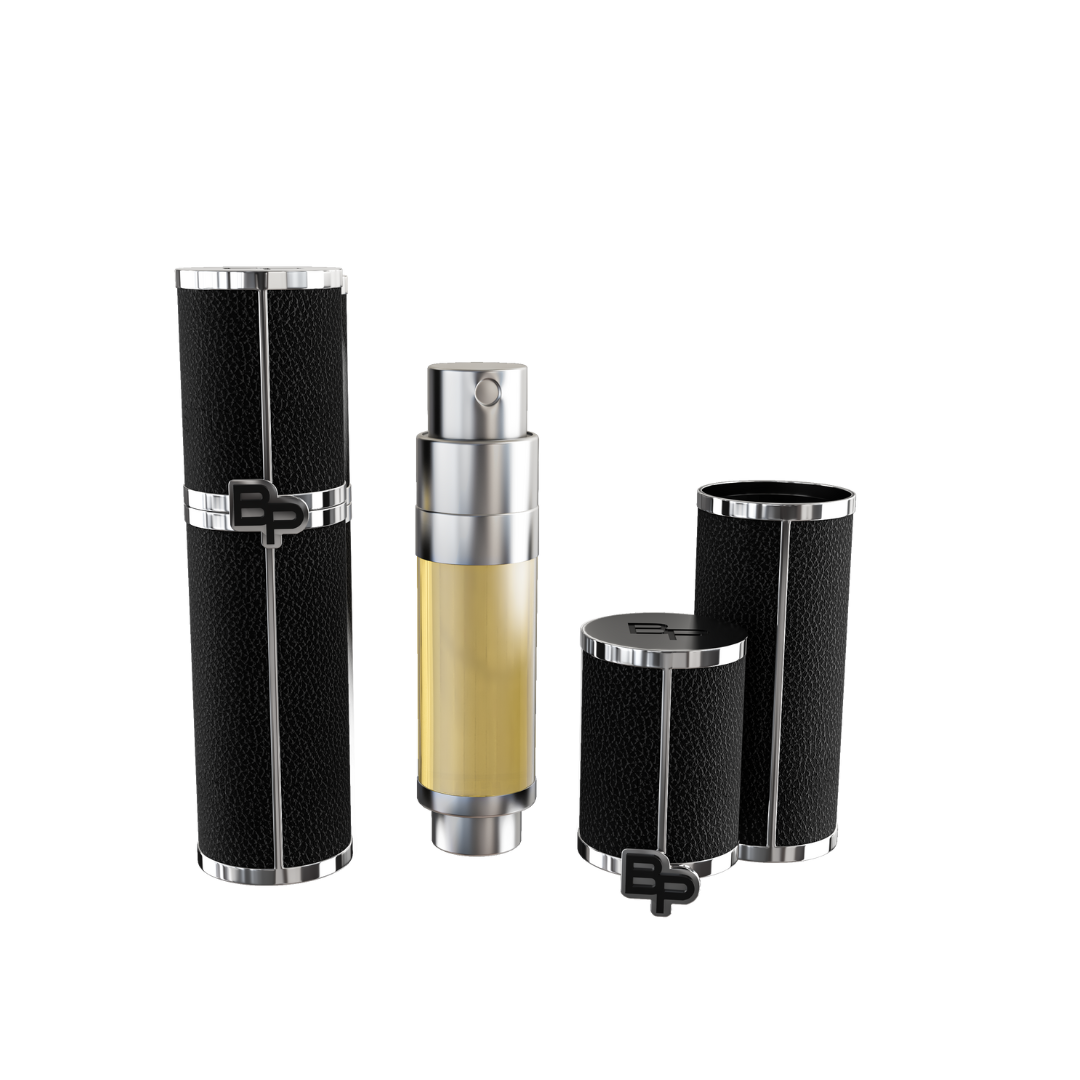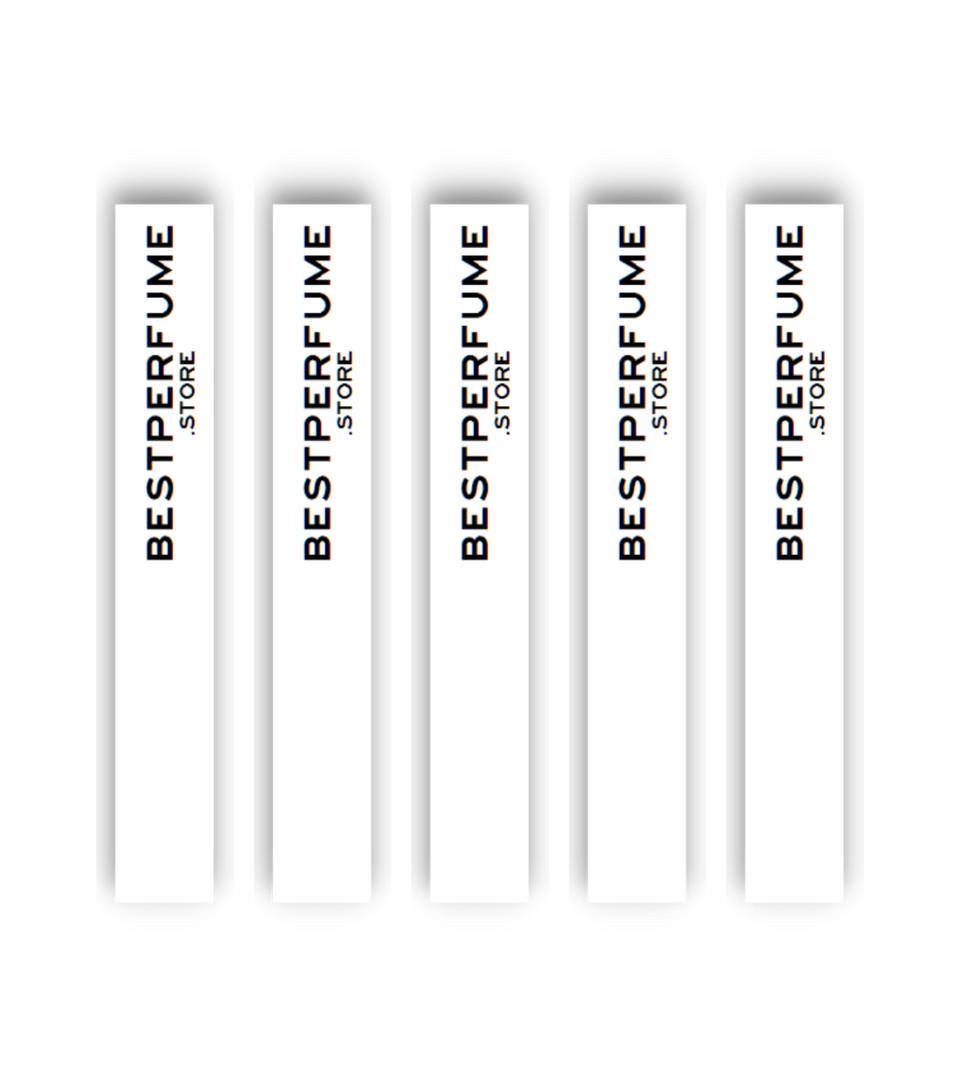


When choosing what perfume works for you, think about your use case.
Are you looking for something...
Just like Coca Cola, older perfumes will have recipe changes to abide by safety regulations without brands announcing them! Coca Cola also alters their recipe per region, as do some brands in perfume too!
E.g. Cologne, EDT, EDP, Parfum, Extrait do not mean only strength differences, but also have different recipes per version and are not the same.
Year and batch differences also exist as safety regulations change. For perfumes released a while ago, every 3-5 years or upon being taken over by another parent brand, changes to the recipe can occur. Please note the specific date your perfume was bought at as changes, like wine, through maceration and maturation will happen, altering the smell.
• • •
So, what notes are long-lasting or aren't too overpowering?
Remember, perfume is personal and subjective to one's nose, skin, and natural scent - one perfume on two different people may smell slightly different or certain smells suit you more than others. We recommend to go for popular ones if you're new, and more complex ones if you're looking for something special.
Enjoy smelling your best,
and if you ever need any help in choosing, or you chose the wrong one, or what you got doesn't work for you...
📌 Visit us and test in person with an expert, here.
🔍 Start searching for your favourite brands, notes, and ingredients directly, here.
CONTINUE SHOPPING✓ Spray 10-15cm away from target
✓ Spray both sides of the neck, behind the ears, upper chest, back of the neck, inner wrists, inner elbow, behind the knees
✓ Spray on clothes to lengthen performance
✓ Spray as late as possible before going out
✓ Spray once, then again after 5 minutes to curb absorption
✓ Bring an atomiser bottle in your bag for quick top-ups
✓ Be careful on sensitive areas
✓ Use daily as we stay as the most affordable
✓ Fit your perfume to the occasion or mood
✓ Keep 3 to 5 perfumes to be ready for any occasion
✓ Spray into your unscented lotions or shower gels for convenience
✘ Rub your fragrance into your skin
✘ Waste perfume in the air and walk through it
✘ Overspray in tight enclosed occasions
✘ Blind buy perfumes unless you know what they smell like
✘ Think a tester strip will smell the same as on skin, they differ substantially
✘ Place bottles in a temperature-changing or hot and humid area
✘ Place bottles in direct sunlight as smell changes will occur
Perfumery describes your experience using terminology commonly used among industry experts or fragrance fanatics.
Here are some words you may hear or get use to using when describing your favourite smells.
'Note' similar to a music note, represents a smell. Instead of a ♪ , the word note is used to describe these. E.g. aromatic, spicy, citrus, etc.
'Accord' refers to a blend of notes being experienced at the same time. They can be made naturally or synthetically with a mixture of aromachemicals.
'Base' refers to the main build or fixative of a fragrance, most perfumes use woods, vanillas, resins, or synthetic aromachemicals as a base.
'Top' is the starting opening of a perfume once the 'alcoholic' smell goes. It is the most short-lived note and is built to evapourate the quickest.
'Mid' describes the heart of a perfume, taking up the majority ratio of the formula. It is the main smell you perceive after the initial opener.
'Base' refers to the full dry-down and skin-scent a perfume leaves behind as it projects off the top and mid.
Think of perfume as a multi-layered culinary cuisine.
Complexity of perfumes refer to the perceived evaporation curve over time. Flatter formulas are decribed as more linear, whereas more staged formulas as complex.
'Fantasy' smells are accords not found in nature, and tend to be a blend founded by a perfumer or manufacturer. For example, fougère is a combination of coumarin, geranium, oakmoss, and lavender and has evolved into many adaptations and formed the bulk of early 1900s perfumery.
Individual ingredients - much like cooking - are referred to as 'raw materials'. Dependent on each propriotary recipe, build or formulation, a perfume will have differing performance levels and complexities and range from as little as five to sixty materials per recipe. Raw materials range from natural essential oils or absolutes, synthetic aromachemicals, and other usable materials from various extraction and processing methods. It is important to note RIFM and IFRA both have regulations on perfume making, and many ingredients get banned or limited every year - this may explain why your favourites smell different every so often!